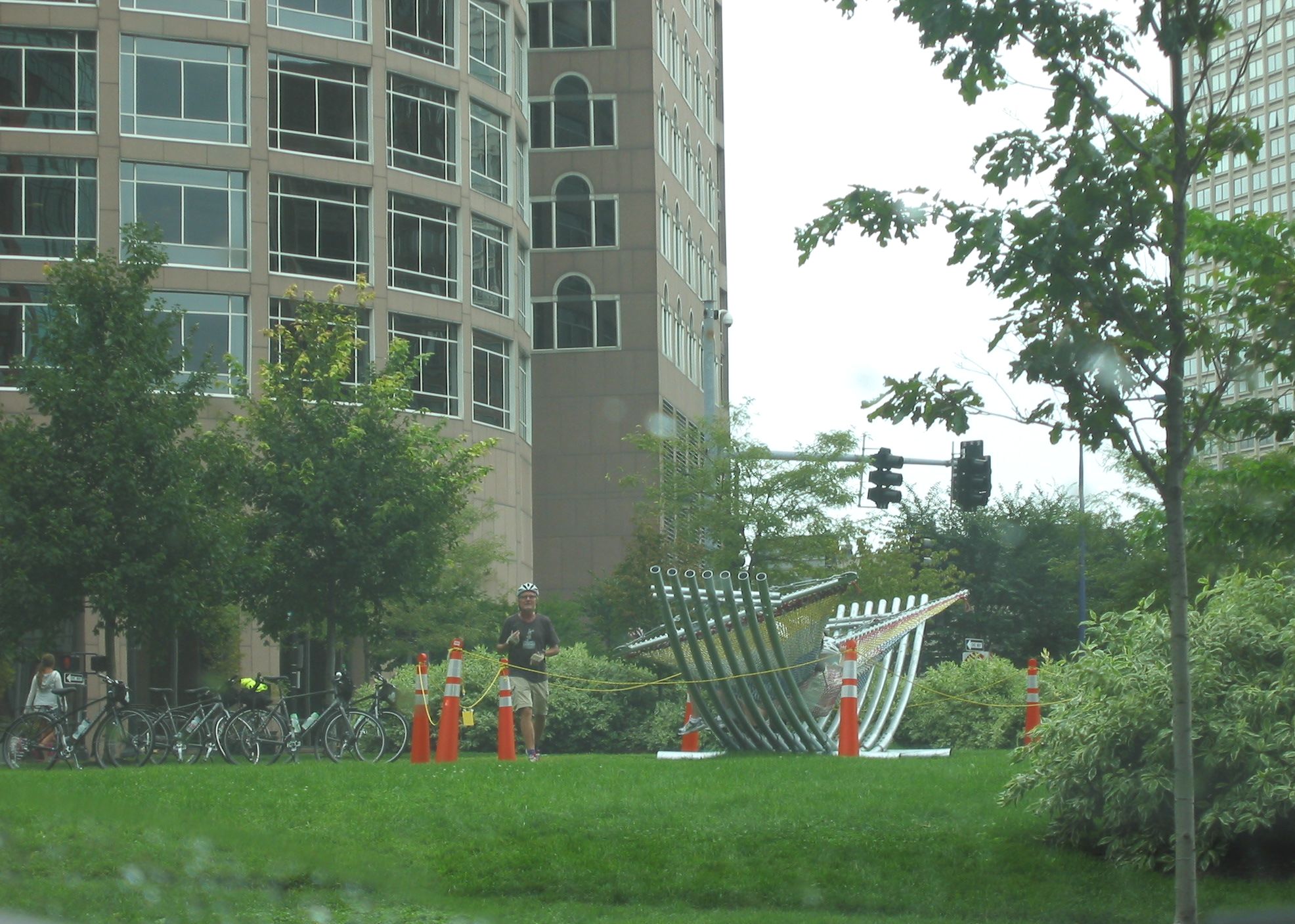The recently approved Germantown Sector Plan recommends greenways along Observation Drive and Crystal Rock Drive that would connect Black Hill Regional Park to the Town Center. It’s a good fit on streets that already have wide sidewalks, buffers, and stormwater management facilities.
Sounds like a great feature, one that creates a distinctive roadscape, creates a desirable recreation feature that also works for bicycle and pedestrian transportation, and can be implemented at the same time road and site improvements are made.
Fitting recreation into existing infrastructure and making that infrastructure do double duty is a sensible approach, given not only public sector’s fiscal limits, but our increasing interest in sustainability. Just google greenways and you’ll find lots of communities pursuing them one link at a time.
- Knoxville has more than 41 miles of paved greenways.
- Central Indiana has 59 miles of trails, with plans for a 200-mile network.
- New York City has three greenway trails, including the Hellfighter mountain bike trail in Highbridge Park. (http://www.nycgovparks.org/parks/highbridgepark).
- Nashville’s expanding greenway system (overseen by a private, not-for-profit group) includes the 810-acre Shelby Bottoms Park along the Cumberland River.
These communities, whether dense and urban or suburban, recognize the dual nature of a greenway; that it is a natural place, with a transportation and recreation function. They use them to connect neighborhoods and to create transportation routes.

Boston’s Rose Fitzgerald Kennedy Greenway wends through downtown on the path of the old Central Artery highway. It is a green respite and a draw for cyclists (even on a rainy day!)
So how does Maryland address greenways? The priority seems to be using them as environmental resources. Click through to Montgomery County and you’ll see that most of the greenways are based in the natural environments of the stream valley parks, but include recreation and transportation corridors like the Capital Crescent Trail.
The Maryland Department of Transportation has completed a state wide bike route survey (nearly 70 percent of Montgomery and Prince George’s County state roads earn a grade of C or lower for user comfort) and has programs to retrofit streets with bike improvements. It also “shares responsibility for building and enhancing many of the State’s long-distance trails and greenways…”.
By starting in one place—natural environments—and morphing into another—recreation and transportation are we fully thinking out the benefits of each, and where they complement and conflict?
